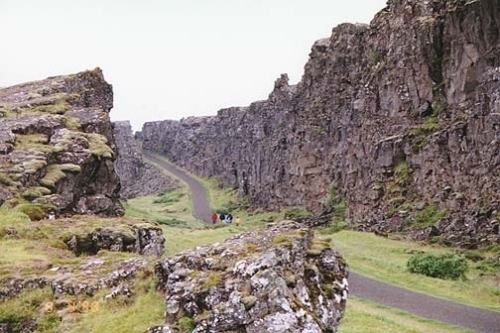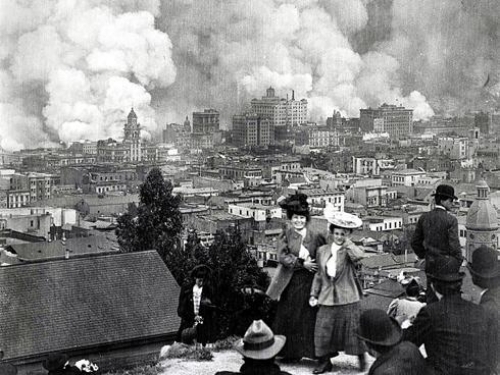What do you think?
Rate this book


419 pages, Paperback
First published October 4, 2005




JONATHAN: Did you know that the human head weighs eight pounds?
SIMON: Did you know that Robert Wallace of the U.S. Geological Survey took a violin with him into the field to serenade coyotes?
JONATHAN: Did you know that my next door neighbor has three rabbits?
SIMON: Did you know that President Warren G. Harding and King Kalakaua of Hawaii both died in San Francisco’s Palace Hotel and that King Kalakaua’s real name was David Laamea Kamanakapuu Mahinulani Naloiaehuokalani Lumialani Kalakaua?
ME: Did you know that I’m driving this car off a cliff right now? Because I am.
Some while ago, when I was half-idly browsing my way around the Internet, I stumbled across the home page of an obscure small town in western Ohio with the arresting name of Wapakoneta.
What I remember most about the city, which was spread out beyond the low hills and clustered like a jewel box of gleaming spires and glittering windows on its tiny thumbnail peninsula, was just how astonishingly delicate it all looked. [...] I squinted through a big brass telescope that been obligingly placed upon the parapet. My feeling was that this was a confection of untoward and only half-urban-looking delicacy was confirmed by the magnifying lenses. How tightly San Francisco appeared to cling on to its hillsides: One could imagine knuckles whitened, sinews straining, teeth gritted.